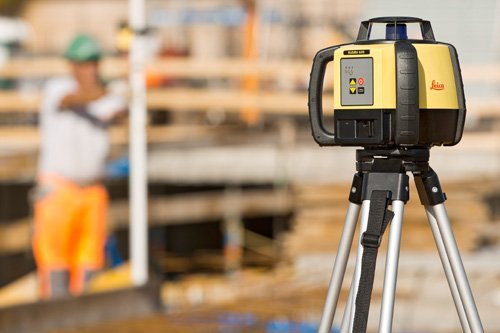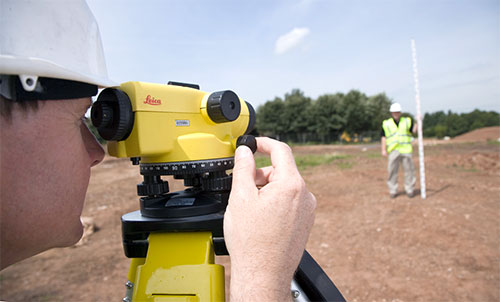What are Optical Level? Optical Level vs Transit Level, Laser Level
What is Optical Level?
Optical levels are common instruments used primarily for surveying, tools that can generally be seen in use in fields or on the sides of roads. Available in a variety of forms, they all serve the same key purpose: to help construction professionals measure land elevations.
The standard optical level (also referred to as a builder’s level) features a telescope that enables a surveyor or builder to make an actual measurement. Some advanced and more costly instruments, like Transit Levels, Theodolite Levels or Laser Levels, are able to perform more tasks than ordinary or basic Optical Levels. As a result, they are more valuable and are far more prevalent at construction sites.
Types of Optical Level
As already noted, all Levels are not alike. Some provide more performance options than others. However, all Levels are better than the alternative, measuring tape, for conducting surveys over large distances. Consider the following
Standard Optical Level
This is the simplest and most affordable of all Levels currently available in walk-in hardware stores and online. It performs the basic function of land surveying. Optical levels, which are available in a number of different styles, are generally preferred by farmers who want to measure elevations on their farmland.
The basic nature of standard Optical Levels is ideally suited to the agricultural industry – and to farmers – because it allows them to do their work in a cost-effective way. They don’t have to buy more expensive Levels that include features they don’t need or want.
Transit Level/Builder's Level
It offers a useful feature that is unavailable in standard Optical Levels. It can be turned on its side and used to measure vertical angles and distances between parallel objects. It can also be used to establish a perfect level line. A standard Optical Level doesn’t provide that feature.
That is one of many reasons why a Transit Level is the preferred measuring tool of architects and construction professionals. It easily handles the complex measurements that are essential in plotting a building, everything from land development to final construction.
Theodolite Level
It is a modern and effective measuring device that is available to construction professionals in two forms – digital and non-digital. Non-digital Theodolite Levels, while once popular, are rarely used today. That’s because their digital cousins are more advanced, easier to use and much more effective and useful to builders.
In truth, the digital Theodolite Level features a telescope with an internal optical magnifying system that is mounted on a base and is not affected by wind or other weather factors. It can be used with equal effectiveness on level or sloped terrain, as well.
It also has a readout screen that is used to clearly display horizontal and vertical angles. The readout screen provides the digital Theodolite Level with its primary advantage over non-digital models. It replaces graduated circle readings and provides a builder with extremely accurate and reliable readouts. The result is that fewer repeat readings are necessary with this tool. And that means that builders spend less time working on surveying while getting more reliable readings.
Laser Level
This is the most modern type of Level available today. It is an extremely versatile leveling device used in indoor and outdoor construction sites where layouts are created and accurate and precise level references are needed. Laser Levels can be used for many different types of jobs, regardless of size or complexity.
Construction professionals use Laser Levels outdoors for such specific applications as basic surveys … to check and level posts and beams on decks, fences and porches … to align masonry … to check land elevations … to grade for proper drainage and irrigation … to properly align fences, posts and decks … and to establish grades.
Laser Levels are also extremely useful for indoor projects, such as aligning and “plumbing” walls … leveling floors … installing drop ceilings … checking door and window heights … aligning shelving and cabinets … and, not surprisingly, much, much more.
Clearly, Laser Levels have become the tool of choice for builders and architects all over America. And there are even three types of Laser Levels currently available.
(A) The Plumb or Dot Laser Level produces a single or multiple dots of reference on a wall or work surface that act as reference points to make construction easier;
(B) the Line Level Laser (also known as the Laser Line Generator) produces a single line on a wall and is best suited for smaller, indoor projects;
(C) the Rotary Level Laser emits a level line in a rotary or 360 degree circular fashion. This model is larger than the other types of Laser Levels and needs to be mounted on a sturdy tripod. It can also be turned on its side to produce vertical readings.
Clearly, there is a broad variety of Optical Levels available to construction professionals and architects. Some are best suited for big jobs while others are ideal for small projects. The question you may be asking yourself now is “how do they work?"
How Does Optical Level Work?
As I’ve already explained, there are many types of Optical Levels. However, while there are differences in what they do best, there are definite similarities in how they work. In fact, all Optical Levels function the same way. Consider …
The majority of Optical Levels (a few models are hand-held and portable) are set up on tripods and function according to the simple instructions contained in the Owner’s Manual. A View Finder is included with every Optical Level and it produces a line that can be manipulated to adjust to a second line on a stick (more commonly known as a Grade Pole) that is being held by a second surveyor “downfield” or away from the surveyor using the Optical Level.
The point helps the surveyors establish a measurement and determine land elevation, a critical step in the construction of a building. Importantly, surveyors can use the Optical Level to accurately determine multiple points, if necessary.
That’s it.
Optical Levels of all kinds function in the same basic way. And, as any builder will tell you, they are remarkably easy to use.
Take This Final Step … Now
If you’re in the market for an Optical Level, the choices available to you are virtually endless. And they’re all good. You simply have to determine which type of Optical Level is best for you.
You can get additional information to help you make the right choice by going online and learning a little more about the differences between Optical, Transit, Theodolite and Laser Levels.
Get started today … right now.
References:
https://medium.com/@brucerivers/what-is-a-laser-level-3f0fd1ed2ab7
http://www.laserlevelhub.net/best-automatic-levels/
https://en.wikipedia.org/wiki/Dumpy_level
http://www.laserlevelhub.net/best-transit-level-reviews/
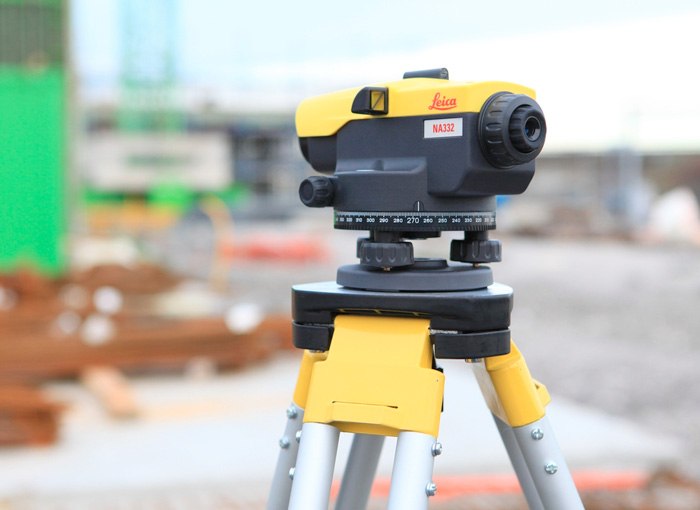.jpg)
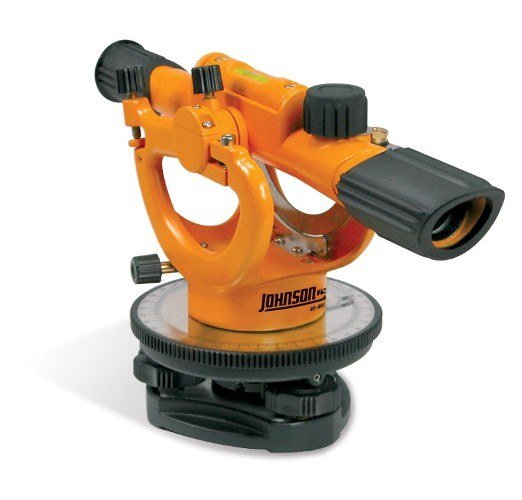.jpg)
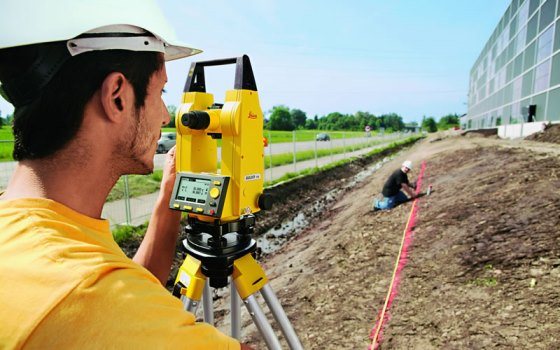.jpg)
